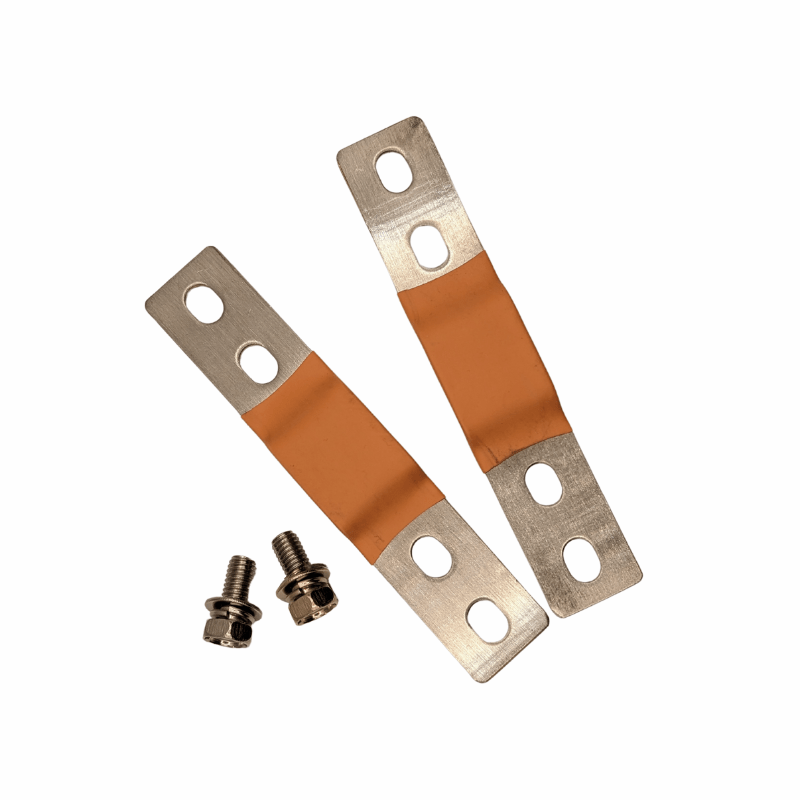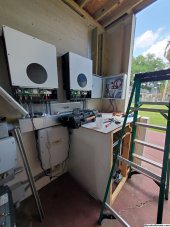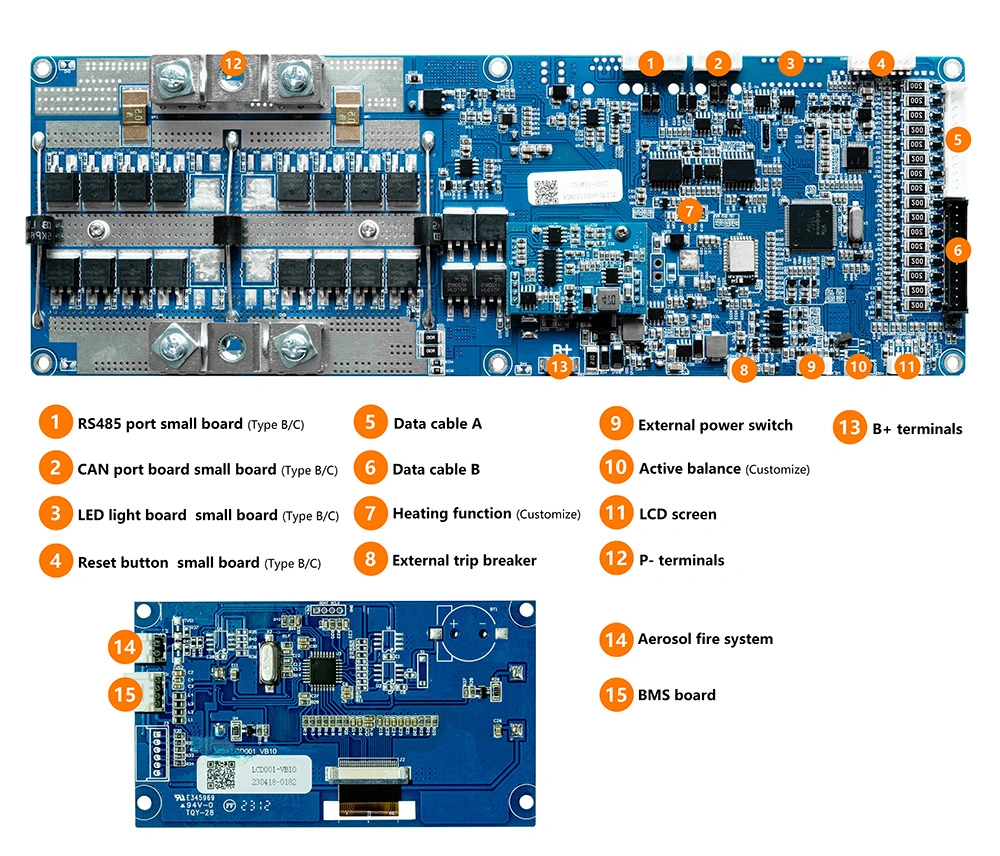Hi,
I am just about to order my Seplos kit and 280Ah A grade cells - I like the idea of two screws per terminal. Just a couple of questions.
I see the bus bars are aluminium but copper ones are available as an extra. They are flexible as they are made of multi-layer copper. Now I like the idea of them being flexible to reduce the strain on the terminals, and bulk copper has a lower resistivity than aluminium, but would the fact that they are multi-layer increase the chance of corrosion and for that matter increase the overall resistivity ?
Flexible multi-layer copper busbars ideal for use with our Grade A 304ah LiFePO4 cells. Each shipped pack contains; four (4) flexible copper busbars and sixteen (16) M8 fixing screws. Next Day Delivery. UK Stockist.

www.fogstar.co.uk
Is there any guidance as to the order for connecting up the BMS? Black and white plugs before the main + and -? or - first?
I have not seen the Futronics connectors in the flesh but I am concerned about any plug / socket carrying 100A. I see there is a wide range of four hole fixing bulkhead mounted feed throughs that would provide a bolt on the inside AND the outside for the cable connection. Am I over thinking all this?
Does the BMS regulate the charge voltage or is it just a cut-off? I am thinking once the battery is assembled using a bench power supply to trickle charge the pack but does my power supply have to be at exactly 57.6v (or what ever)? I would be happier to do a slow charge and discharge first to make sure all is well.






